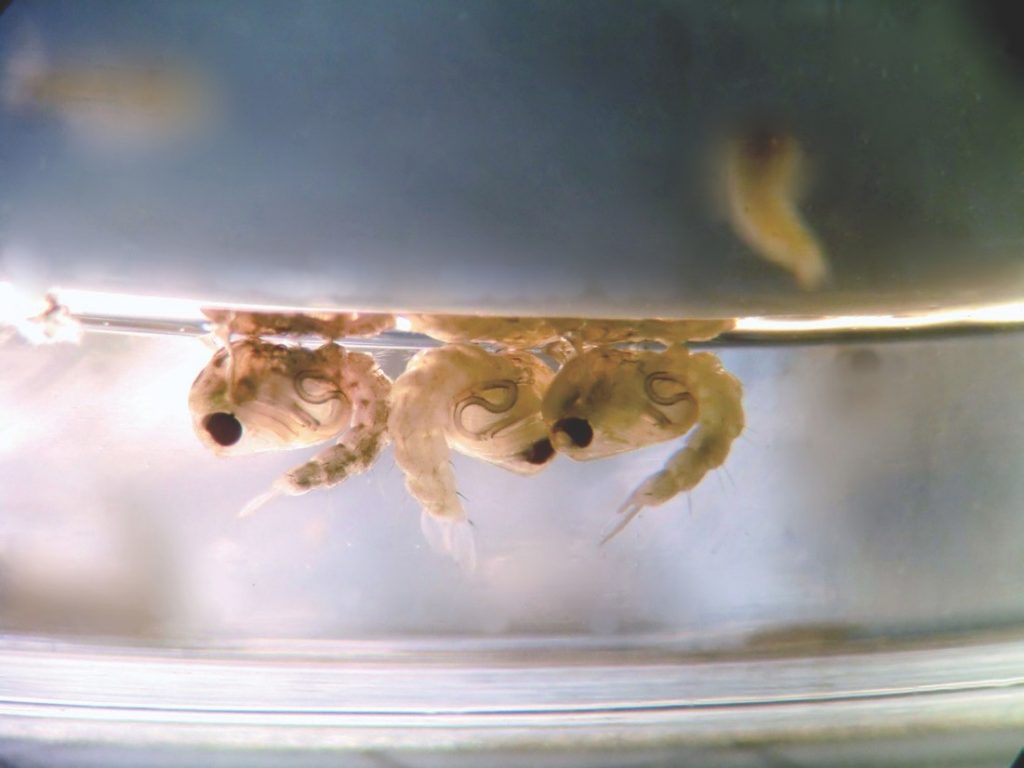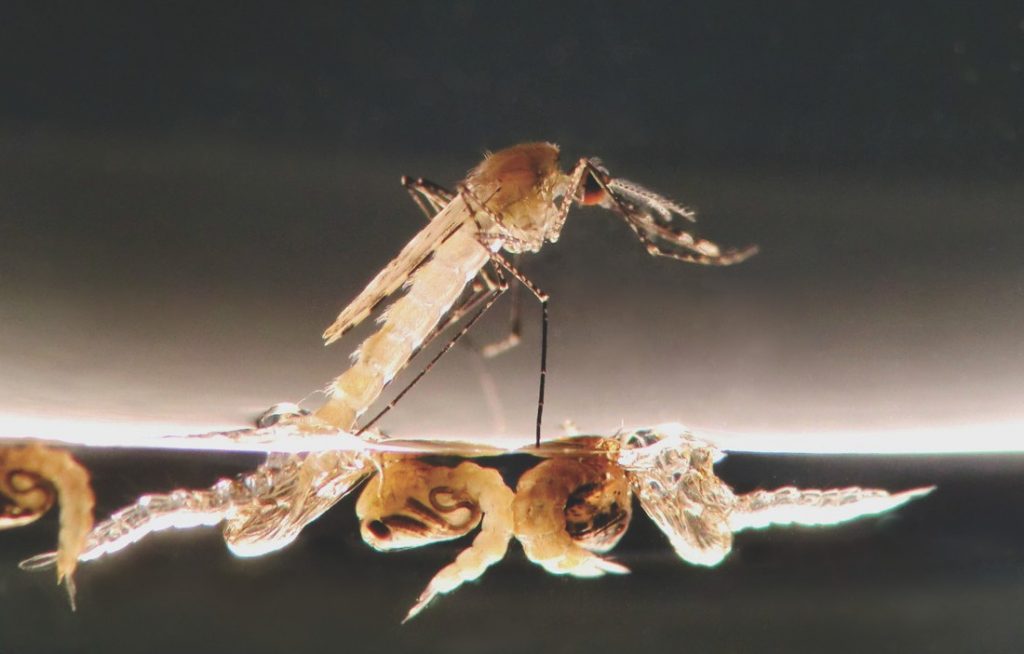Insecticide Resistance: Are We Losing the Battle to Control the Mosquito Vectors of Malaria?
In the twenty first century malaria still holds a terrible grip on the lives of millions, particularly in sub-Saharan Africa. However, since the turn of the millennium there has been a 40% reduction in the incidence of clinical disease, averting an estimated 663 million clinical cases. It has been estimated that the majority of this reduction is the result of the huge efforts that have been made in the control of the mosquito vectors of malaria. 68% of the reduction in infection prevalence has been attributed to the use of long lasting insecticide treated bed nets (LLINs), and a further 19% to that of indoor residual wall spraying (IRS). It is, therefore, clear that insecticides are playing a key role in the prevention of malaria. However, many of those involved in malaria vector control now consider this great achievement to be under threat by ever increasing levels of insecticide resistance in the Anopheline vectors of malaria.
Since 2000, one class of insecticides has dominated in vector control. The pyrethroid insecticides possess a unique combination of high potency against Anopheline mosquitoes, ability to knock them down rapidly, a degree of excitorepellency, amenity to formulation and they have an acceptable human safety profile. Pyrethroid insecticides have been used exclusively in WHOPES (World Health Organisation Pesticide Evaluation Scheme) recommended LLINs, and extensively in IRS. Having exposed mosquito populations to insecticides from the same mode of action class almost continually for 15 years, we should not be surprised that pyrethroid resistance has been selected for and is rapidly spreading throughout Africa.
Insecticide resistance develops due to selection pressure on an insect population. If a heritable trait allows the insect target to survive and reproduce after exposure to the insecticide, then the proportion of the population carrying that trait will have increased in the generation post exposure. Subsequent exposure of that population to the same insecticide, or one with the same mode of action, will result in a still greater proportion surviving. As the proportion surviving exposure increases, it becomes more likely that control failure will occur.
The development of insecticide resistance in mosquito vectors has precedent. History shows that populations of mosquitoes have become resistant to every adulticide that has been used against them. It was already seen as a problem in 1958, when it was reported in the Bulletin of the World Health Organization, that a number of important mosquito vectors of malaria were found to be resistant to DDT and dieldrin. This insecticide resistance was one of the factors that contributed to the failure of the great efforts during the 1950s and 60s to eradicate malaria.
The susceptibility status of a mosquito population can be evaluated with standardised bioassays, such as the “WHO tube” (World Health Organization) assay. Such assays will demonstrate whether the susceptibility of a mosquito population to an insecticide has fallen below a threshold, and therefore can be described as “resistant”. However, such bioassays do not directly tell us the impact this will likely have on the prevalence of malaria. An intact bed net will still offer physical protection to those sleeping under it, even if the mosquitoes are not killed by exposure to it. Likewise, the excito-repellent action of pyrethroids may still offer some protection, if the resistant mosquitoes, whilst not killed, are prevented from finding their way through any holes in a damaged net.
So how much of a problem is insecticide resistance in mosquitoes? It can be shown that populations of malaria vectors are now less susceptible to certain insecticides than they once were. There are even reports of resistant mosquitoes entering damaged LLINs and successfully taking blood meals. It is much harder though to evaluate the impact this is having on the incidence of malaria. However, when a malaria control programme in Ghana switched from pyrethroid to organophosphate based IRS, the incidence of parasitaemia fell significantly. So whilst it is difficult to demonstrate that pyrethroid resistance was causing a failure of malaria control, there is strong evidence that it was a problem. In recent years there has been an alarming increase in the number of pyrethroid resistant populations of mosquito, and the intensity of that resistance. If this trend continues, the gap between the level of malaria control being achieved, and that which could be achieved with insecticides to which the mosquitoes were susceptible, will grow. The 40% reduction in the incidence of clinical malaria achieved over the last 15 years will be under threat, and the ultimate goal of malaria eradication will recede further into an uncertain future.
To address this, the WHO and the Roll Back Malaria partnership published the Global Plan for Insecticide Resistance Management in malaria vectors (GPIRM) in May 2012. This comprehensive document outlines a five pillar strategy to tackle the growing threat of insecticide resistance. The Insecticide Resistance Action Committee (IRAC), a technical working group of CropLife International, has also produced a more concise document outlining best practice Insecticide Resistance Management (IRM). In its simplest form, IRM involves taking actions to minimise the selection of individual insects which were able to survive and reproduce after exposure to a given control intervention. At one extreme, the best way to prevent selection pressure for resistance to a given class of insecticides, is to never expose the target insect to them. However, as insecticide use in vector control programmes has had such a key role in reducing the malaria disease burden, the focus must be on taking actions that minimise resistance selection, whilst delivering effective vector control. This is where the challenge of implementing IRM in vector control lies.
This is an absract of the full article published in: Outlooks on Pest Management – June 2016 issue.
The full text of this article is available to subscribers of Outlooks on Pest Management.
Non-subcribers may buy & download full text article.
Author: Mark Hoppé, Insecticide Resistance Action Committee, Public Health Team Crop life International AISBl, Brussels, Belgium
Category: Public health












